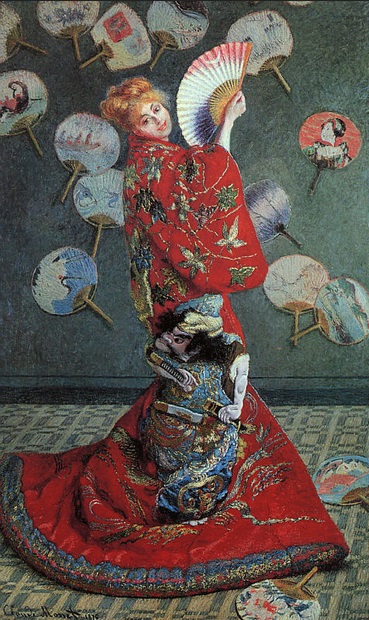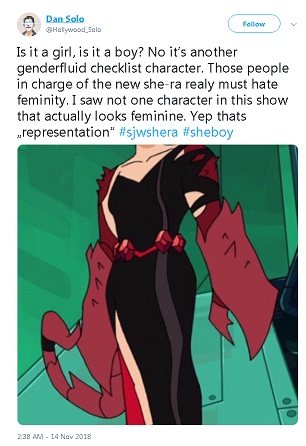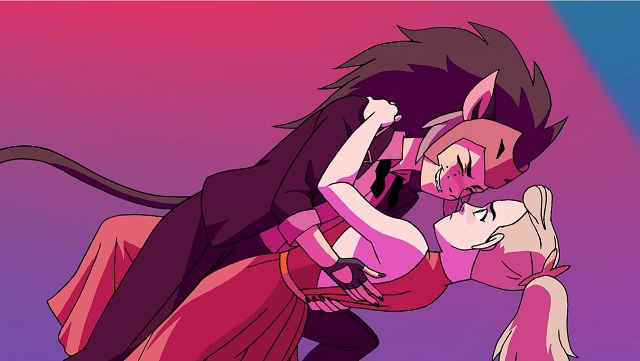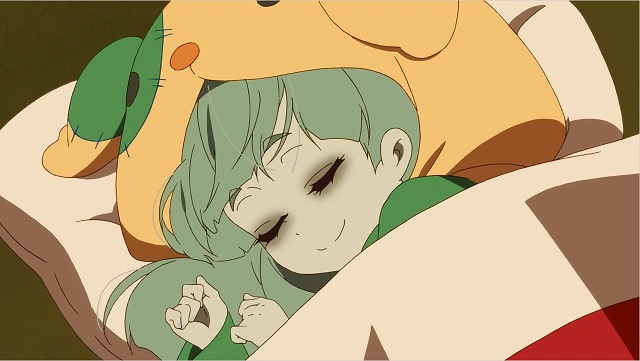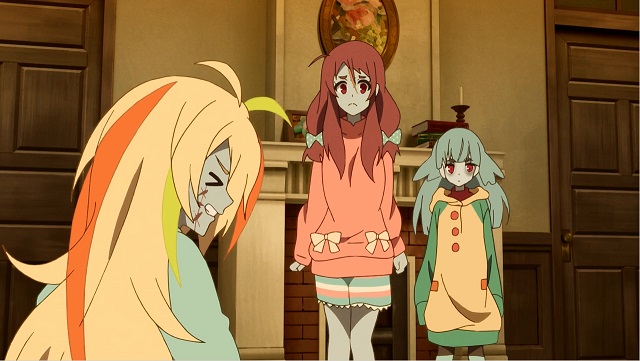This is going to be a tad unfair, as I’ve only watched the first episode of Goblin Slayer, but I think it’s still interesting to compare its worldview as shown in that first episode with that of Tensei Shitara Slime Datta Ken. Both after all are variations on the standard Japanese RPG inspired fantasy story and its trappings, but their politics are quite different. Whereas in the first goblins are depicted as mindless raping monsters, the second has them as people to protect and nurture.
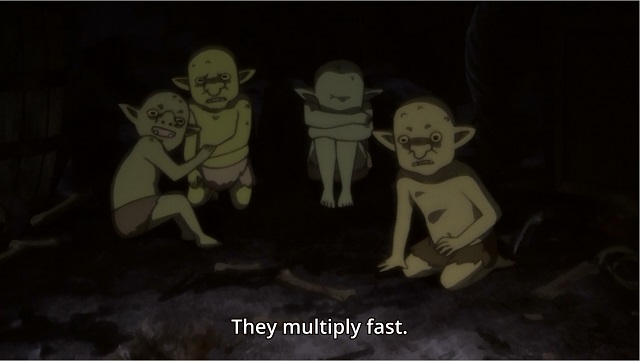
What I despised about Goblin Slayer was not just that it used rape as a cheap way to create drama in its first episode, but what that was in service off: ethnic cleansing. And it doesn’t matter that were talking about a fictional species here, because it draws on some very real world history. A race of insatiable rapists lusting after your women has been used against everybody from Black people in slavery America to Jews in Nazi Germany (and long before). The idea that the only way you can deal with that sort of people by violence and indiscrete murder? Also not new. Goblin Slayer justifies it by saying that this is just how goblins are, being all male they need to rape women of other species to reproduce, their innate nature being such they have no choice. But all that is just bollocks that the author made up to justify having a jolly old tale of genocide. We like that sort of thing in science fiction and the list of excuses we find to justify genocide is impressive; nothing gets an sf writer’s blood pumping faster. Just in case you thought Goblin Slayer was unique in this.

By contrast Tensei Shitara Slime Datta Ken does something much more interesting with its goblins. As with Slayer, goblins in the fantasy world it’s set in are some of the weakest monsters, always threatened by more powerful ones or humans. The only thing less impressive is a slime, but our protagonist slime is no ordinary slime, but a reincarnation of a virgin salaryman whose dying wish was for his friend to erase the porn on his computer. As per usual with this sort of story he gets a boat load of special powers and blatant cheats and he ends up taking the goblins under his wing as their protector. He becomes their ruler, evolves them by giving them names and helps upgrade their living situation. Other monsters too join him and his protection, with the main plot just having kicked in a few episodes ago as an invasion force of orcs is threatening to destroy everything.
It’s a much more positive portrayal than Goblin Slayer — even that evil horde of orcs is brain washed and under a magic spell, not inherently evil. Yet it’s still a colonial fantasy, of the White Man (well, Japanese Man in this case) coming to the aid of the noble suffering savages and teaching them the wonders of civilisation. Therefore, while it is more benign than Goblin Slayer, it’s still something not to watch uncritically. It’s still rooted in old habits and ideas, still a bit orientalist. It is possible to enjoy either of these series — and I certainly enjoy the slime anime — while being aware of these problems. It’s when you don’t notice it that there’s danger. For me personally the rape justifies genocide elements of Goblin Slayer are vile enough not to want to watch more, while with Slime-kun the white saviour parts are overshadowed by the sheer novelty of seeing several fantasy races work and live together in a way that rejects the social darwinist mindset of so many other fantasy stories.
This is the fourth post in this year’s twelve days of anime challenge. Tomorrow: more trans zombies.
